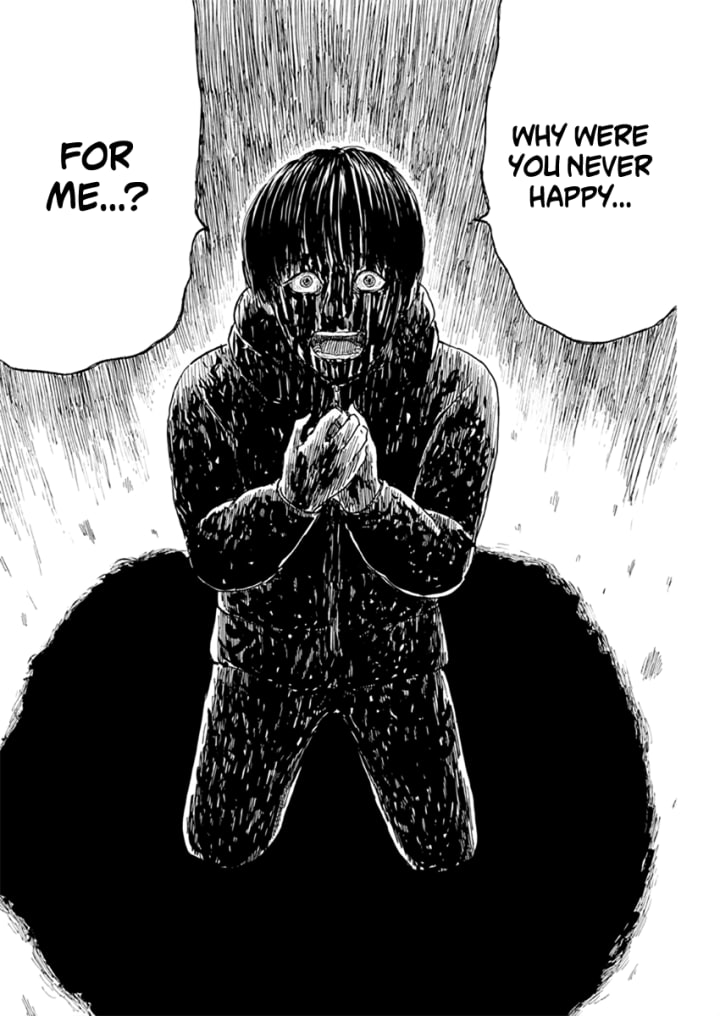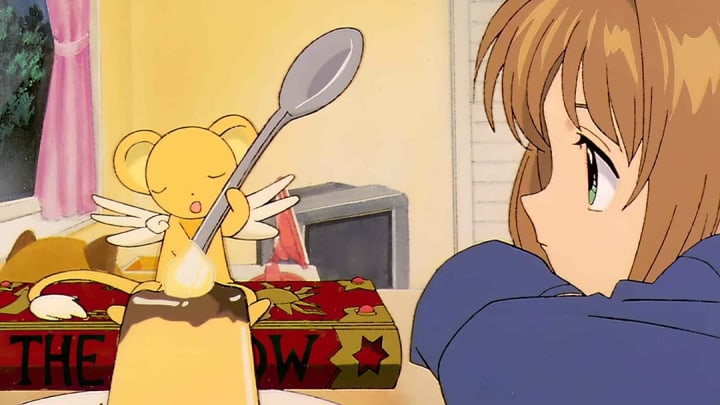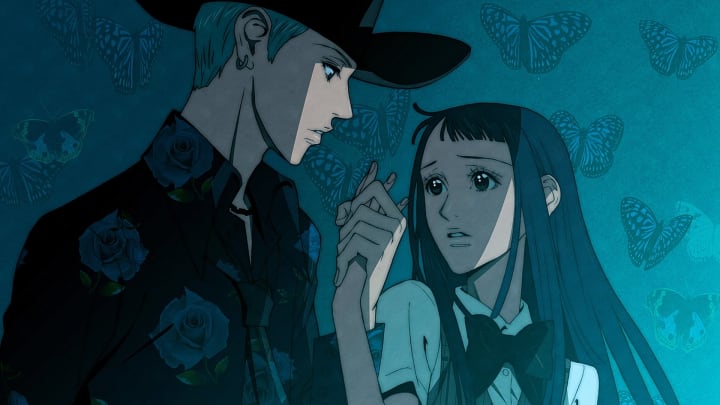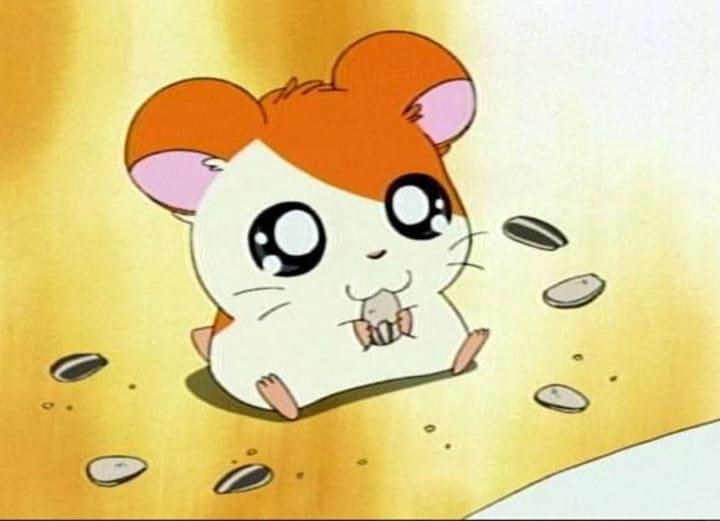Know Your Anime and Manga Demographic Groups
A beginner's guide to some need to know terms!

There are thousands upon thousands of manga magazines in Japan, and they each are made to appeal to a certain demographic based on gender and age. So whenever a new manga (or anime) comes into the fold, it is quickly assigned a demographic so it can be pitched to the correct magazine or television time slot. It will be either shonen, seinen, shojo, josei, or kodomo-muke.
If you're a beginner, you're probably wondering what these terms mean. If that's the case, then keep reading!
Shonen

Meaning "young boy", shonen manga is aimed at school age boys; typically around ages 9-18. As such, they will usually center around the action-adventure genre, or focus on things such as sports, video games, or other things that boys of this age will be interested in. The featured protagonists are usually teen boys, as well.
Narratively, they are often pretty straightforward, following the "Hero's Journey" template. They can (but don't always) feature elements of fantasy or superpowers. Because the demographic is younger, the endings of shonen usually have a happy ending where the hero is the winner. ("The power of friendship" cliche that's been memed on relentlessly, is more of a shonen trope than an overarching anime trope.)
The "shonen protagonist" archetype is often a teen boy who's rebellious or delinquent in some way; but has a heart of gold underneath. They are often undeniably "good", very rarely morally gray. There are some exceptions to this rule, however: Light Yagami and Eren Yeager, for example, are both very morally questionable shonen protagonists. (This may be why their respective shows--Death Note and Attack on Titan--are still enjoyed by people outside of the shonen demographic.)
Examples of Shonen Manga and Anime:
Fullmetal Alchemist, Naruto, Dragon Ball Z, Fist of the North Star, One Piece, JoJo's Bizarre Adventure (parts 1-6), My Hero Academia, Jujutsu Kaisen, Neon Genesis Evangelion
Seinen

Seinen manga and anime are aimed at adult men. They can fall under any number of genre: Action, adventure, drama, horror, even romance or slice of life. But a big difference is that the stories are often much more cerebral and pose a lot of questions to the reader/viewer about ethics, philosophy, and morality.
In anime and manga, there's no shortage of memorable villains. But seinen villains are a very different beast. Seinen villains are often more violent, psychologically tormenting, and terrifying than shonen villains--mostly because they're allowed to be. Because there's less censorship needed in seinen, they can commit some disgusting atrocities on page and screen that shonen villains cannot. For example, Griffith and Johan Liebert: Two of the most vile, terrifying villains in manga--both come from seinen manga. Shonen villains run the risk of being a bit goofy at times because of their overdramatic antics. Seinen villains are often much more like real life bad guys: They don't seem villainous on the outside, but their charisma and knowledge of psychological manipulation tactics, makes them truly unsettling.
As seinen also tends to take on a darker tone, it is not unusual for villains to win, or for the "heroes" to be more morally questionable. Sometimes the protagonist may, in fact, be the villain in their own story.
Examples of seinen Anime and Manga:
Monster, Berserk, Oyasumi PunPun, Vagabond, Blood on the Tracks, Vinland Saga, Erased, Code Geass, JoJo's Bizarre Adventure (Parts 7-current run)
Shojo

Meaning "young girl" shojo manga is directed at school-aged girls (9-18).
Unlike other manga demographics, shojo often has its own artistic style. The characters often have big, round detailed eyes, and are very kawaii. As shonen focuses on things that are of interest to school age boys, shojo focuses on things that are of interest to school age girls: Fashion, friendships, crushes, female empowerment, and the desire to be magical.
"Magical Girl" is a very specific subgenre in manga and anime that almost exclusively falls under the shojo demographic. The protagonist is usually a regular girl, who has magical powers of some sort. Another strange subgenre to come out of shojo manga, is Shonen Ai, or "Boy's Love" (sometimes referred to as yaoi). Let's face it, girls love beautiful boys. And "boy's love" focuses on beautiful boys, who happen to be in love with each other. Girls who enjoy this subgenre say their enjoyment of it comes less from the LGBT aspect, and more about the romance aspect. (Though the subgenre still has plenty of critics who view it as fetishization, but we won't get into that now.)
While there's no shortage of gorgeous male characters throughout the mangaverse, shojo turns the beauty of the men in their stories up to one thousand. There's even a word for this type of male character: Bishonen, or "beautiful boy." Shojo will take these bishonen and make them the ideal man with a tragic backstory to appeal to the compassionate nature of girls. (Every girl's "I can fix him" mentality comes from somewhere!)
Examples of shojo manga and anime
Sailor Moon, Cardcaptor Sakura, Rose of Versailles, From Me To You, Ouran High School Host Club
Josei

Josei is essentially for women what seinen is for men: Tackles adult topics in a way that is more cerebral and philosophical than shojo often is. They often deal less in fantasy, and more in the real world woman's experiences. They often tackle heavy subject matter: Abusive relationships, mental illness, divorce--and just the innate tragedy of being a woman.
Romance in josei is much more complicated and melodramatic. (Well, more realistic, in many ways.) It doesn't focus on the "happily ever after" as shojo might. In fact, in many josei, once the relationship is solidified is often where the drama starts.
But as stated previously, romance isn't the only thing that goes on in josei. Like seinen, they can also just tackle the complexities of life and the psyche--but from a feminine perspective, or a way that appeals to young women more than it might young men.
Examples of Josei manga and anime:
Nana, Paradise Kiss, Chihayafuru, Princess Jellyfish, Bunny Drop, Life Lessons with Uramichi Oniisan, My Broken Mariko
Kodomo-muke

Meaning "intended for children", anime and manga that fall under this category are...well, intended for children (Think early to mid-elementary school age.) Stories in this type of media are a lot less complex, and problems that arise can usually be wrapped up in a single episode or volume--instead of carried on throughout the series.
Kodomo-muke will often teach life lessons, or present simple every day dilemmas that children may encounter. They are pretty non-threatening and rarely delve into dark aspects of life. Because kids love cute things, characters are often some kind of animal or otherwise nonhuman mascot with adorable features.
Examples of kodomo-muke manga and anime:
Doraemon, Hamtaro, Pokemon, Digimon, Anpanman, Astro Boy, Molang, Hello Kitty and Friends
What if I prefer manga and anime that are outside my demographic?
That is absolutely okay, and not uncommon at all! I fall into the josei demographic--but most of my favorites are seinen. Lots of shojo like shonen anime and manga. Animator Satoshi Kon, director of anime films like Perfect Blue and Paprika, was a fan of shojo when he was growing up--which is why his films center on complex, well-written female characters.
These tags aren't meant to be based on who is "supposed" to enjoy what. People like what they like. They were created for marketing purposes so manga publishers could figure out which manga magazine they should be published in. None is better or worse than the other, and they all have great stories to offer! So branch out, regardless of which demographic you fall into!
About the Creator
Jennifer Childers
I just write thoughts on anime, games, music, movies, or other things that are on my mind. Occasionally a poem or short story might come up.






Comments
Jennifer Childers is not accepting comments at the moment
Want to show your support? Send them a one-off tip.